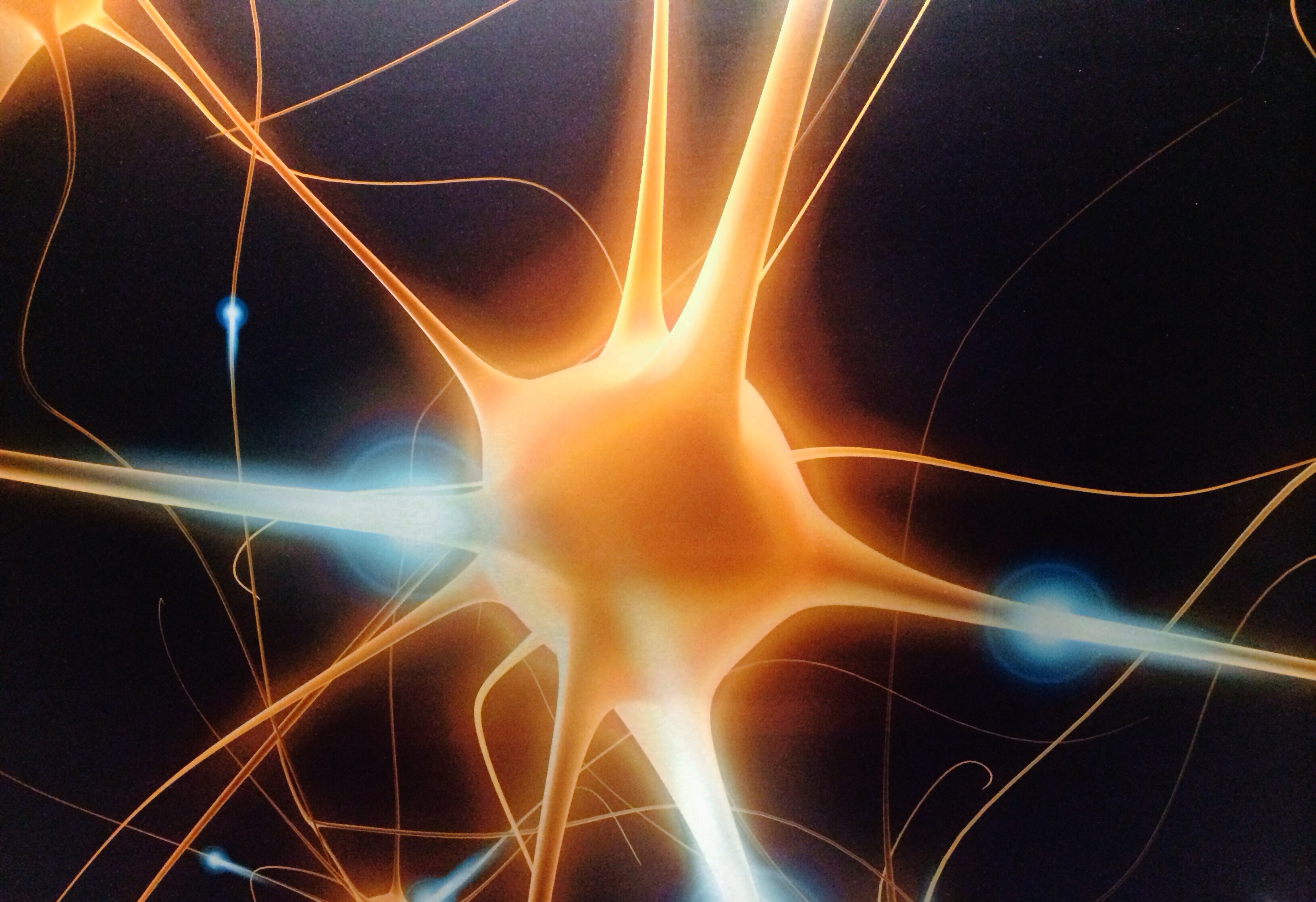In our progressive society, the prevalence of mental illness is receiving more and more attention. Cranial Electrotherapy Stimulation (CES) is a relatively new form of non-invasive brain electrotherapy that has been slowly gaining favor as a potential treatment for psychiatric disorders. Much like other forms of electrotherapy, CES applies a weak electrical current across a person’s forehead through electrodes placed on specific regions of the head. These currents stimulate the electrochemical environment of the brain and induce changes in regions of the brain associated with sensory stimulation and emotional response. Administrators of CES have also observed changes in the amount of various neurotransmitters, many of which play major roles in psychiatric disorders such as schizophrenia and clinical depression. Unsurprisingly, empirical studies have shown that CES is an effective and convenient electrotherapy technique.
The exact mechanism of how CES alters brain activity is still unclear. However, studies using electroencephalography (EEG) – a technique that records electrical activity in the brain – have shown that CES diminishes alpha EEG wave outputs, which are typically associated with adverse reactions to stressful stimuli. Studies of deep brain stimulation, a similar type of electrotherapy, have indicated that electrical stimulation suppresses activity in neural cell bodies and increases activity in axons. Such responses directly produce physiological effects associated with relaxation and stress reduction.
Source: Aaron MCcoy
There are a few adverse effects related to cranial electrotherapy, but most are mild and self-limiting. They include vertigo, mild headaches, and skin irritation at electrode sites, but are usually resolved within hours following the treatment. These effects are typically a result of the current being set too high.
In practice, CES is applied through medical pulse generator devices about the size of a cell phone. Electrodes connected to the devices are attached to the earlobes, temples, and under the nose, and a current is generated from the device through the electrodes.
The practicality of such devices marks CES as a particularly attractive form of psychiatric therapy. It reduces the demand for expensive medications and routine office visits, effectively treating serious mental disorders with minimal resource expenditure and intervention. Recently, CES has been gaining more attention since the United States Food and Drug Administration (FDA) reclassified CES as a bonafide treatment for stress. With government support, the future of CES is looking bright.
Feature Image Source: Brad Jones










